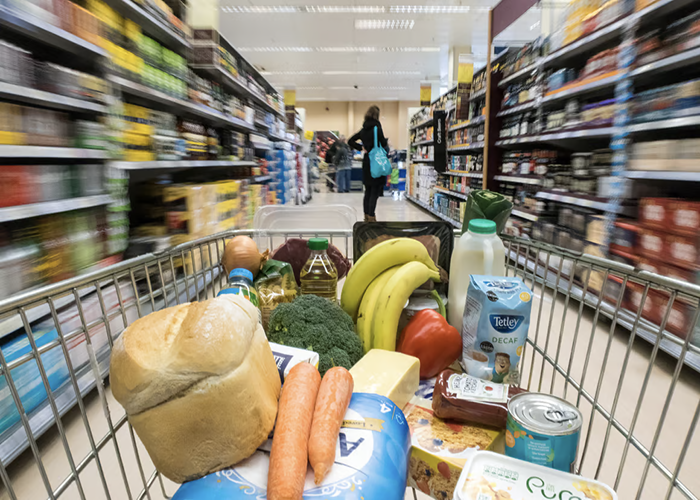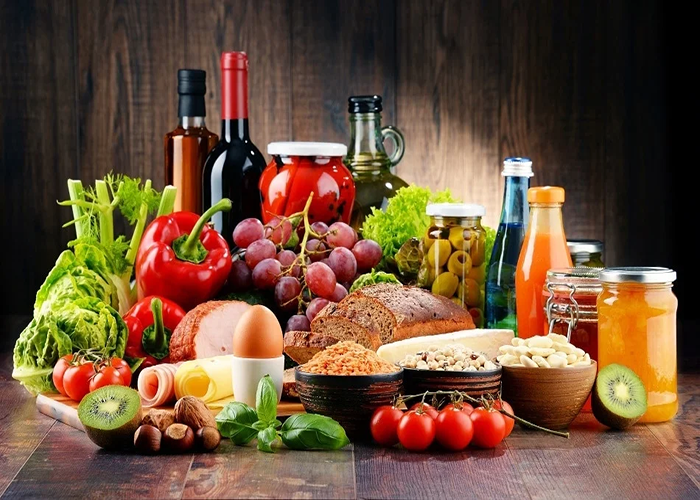Sustainable Water and Wastewater Solutions for Food & Beverage Industries Using ETP, STP, RO, WTP, and WWTP Systems

The food and beverage (F & B) industry in India is one of the largest and fastest-growing sectors, driven by urbanization, evolving lifestyles, and rising consumer demand. It encompasses everything from packaged foods, dairy, beverages, and confectioneries to frozen and ready-to-eat products. This industry significantly contributes to the national economy and generates millions of jobs across the value chain.
Maharashtra is among the top states fostering this growth, with a well-established infrastructure and policies supporting food processing parks, cold chains, and industrial clusters. Cities like Pune, Nashik, and Mumbai host several large-scale F & B manufacturers. With this expansion, water management and environmental responsibility have become vital parts of industrial planning.
Used in processing, cleaning, heating, cooling, and as a key ingredient in food production
Water plays a crucial role in the F & B industry. It's used directly in product formulation, such as in beverages, soups, and dairy. It also supports auxiliary operations like cleaning raw materials, processing machinery, bottling lines, and sanitation of workspaces.
High-quality water is essential for consistent taste and safety. Industries also rely on steam generation, chilling units, and effluent dilution, requiring large volumes daily. As water is both a resource and a product ingredient, its treatment is critical to meeting hygiene and safety standards.
Processing, washing, sterilization, and packaging generate significant wastewater streams daily.
Multiple operations in the F&B sector produce wastewater with varying levels of contamination. Cleaning of equipment, washing of raw produce, and sterilization processes lead to the discharge of water containing organic matter, food particles, and cleaning agents.
"In the food and beverage industry, water is both a critical ingredient and a process backbone. Efficient water use and advanced wastewater treatment are essential not just for sustainability, but for ensuring quality, hygiene, and regulatory compliance in every batch of product that reaches the consumer."
Packaging areas also contribute through water used for bottle rinsing and conveyor cleaning. Even cooling towers and steam condensate lines result in wastewater. These sources must be accounted for during wastewater planning to avoid compliance issues and environmental degradation.
Wastewater includes high BOD, COD, fats, oils, greases, and microbial contamination.
The generated wastewater varies according to the product and process. Effluents usually contain high Biochemical Oxygen Demand (BOD), Chemical Oxygen Demand (COD), sugars, oils, and suspended solids. In dairy, for example, whey and fats dominate the effluent profile.
Bakery and beverage plants generate sugary wastewater, while meat processing introduces proteins, blood, and fats. Additionally, disinfectants and detergents from cleaning-in-place (CIP) systems add chemical loads. This mix requires tailored treatment strategies for effective environmental discharge or reuse.
Multi-stage treatment includes screening, anaerobic digestion, aerobic systems, and final filtration.
Treatment begins with primary processes like bar screening and oil traps to remove solids and fats. Secondary treatments typically involve anaerobic digesters for high-organic loads, followed by aerobic systems like Activated Sludge Process (ASP) or Sequencing Batch Reactors (SBR).
Final polishing is done using sand filters, carbon filters, and disinfection methods like UV or chlorine dosing. These steps bring the effluent within discharge limits or make it reusable for non-potable processes like cooling or toilet flushing within the plant.
MBR, RO, and automation improve wastewater recovery and ensure hygiene in reuse systems
Many F & B industries are adopting advanced technologies like Membrane Bioreactor (MBR) systems for compact and high-efficiency biological treatment. Reverse Osmosis (RO) systems treat water for reuse in utility applications. These ensure minimal microbial contamination and consistent output quality.
Automation, IoT monitoring, and SCADA-based control panels further help industries optimize treatment operations. Water recycling not only reduces input costs but also helps companies meet zero liquid discharge (ZLD) and corporate sustainability goals.
Customized ETP, STP, RO, and water reuse systems for food and beverage industrial operations
We offer end-to-end water and wastewater treatment solutions tailored for food and beverage operations. From compact STPs for cleaning water to robust ETPs for processing wastewater, our systems are designed for efficiency and compliance.
Our services include site evaluation, process design, system integration, automation, and annual maintenance. Whether your challenge is high-fat wastewater or microbial standards for reuse, we deliver solutions with the right mix of technology, cost-effectiveness, and long-term reliability.
Conclusion: Water Treatment Is a Strategic Priority for Food & Beverage Companies

Conclusion: Water Treatment Is a Strategic Priority for Food & Beverage Companies
For food and beverage companies, water is not just an operational input—it's part of the product. As industry standards evolve and environmental concerns rise, wastewater treatment must go beyond compliance to become a strategic pillar.
With advanced STP, ETP, RO, and reuse systems, F&B industries can minimize water footprint, reduce operational costs, and enhance brand value. Partnering with expert solution providers ensures you stay ahead of regulations while contributing to a greener future.

